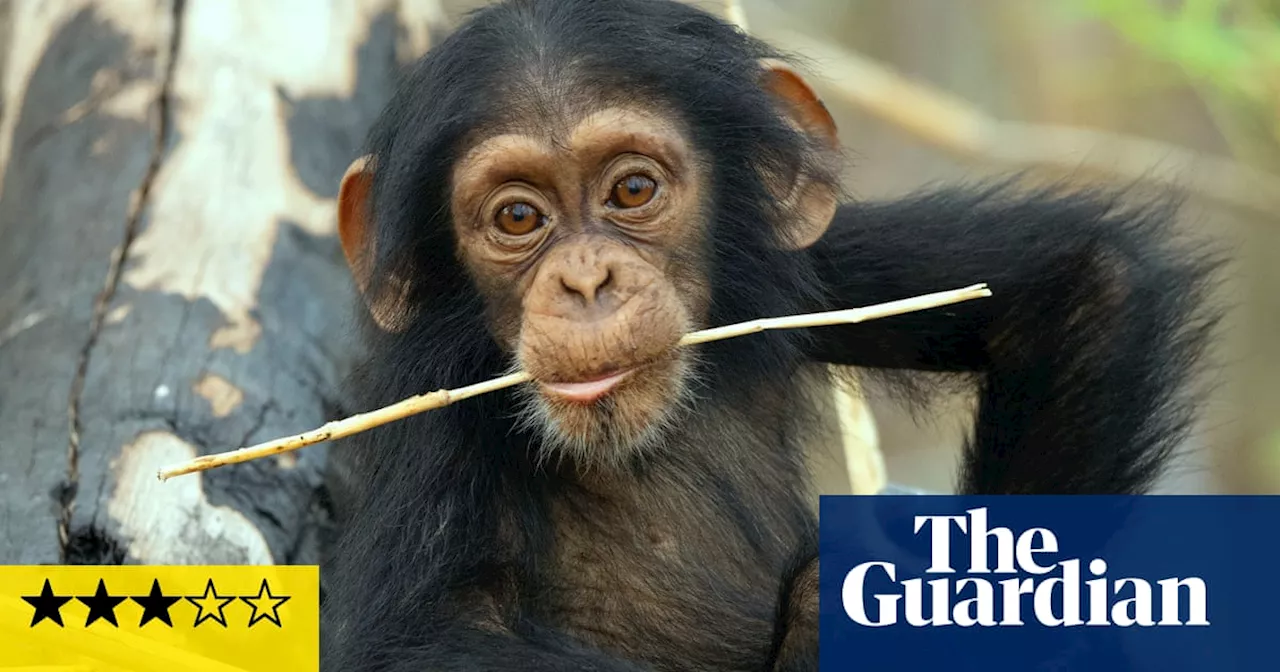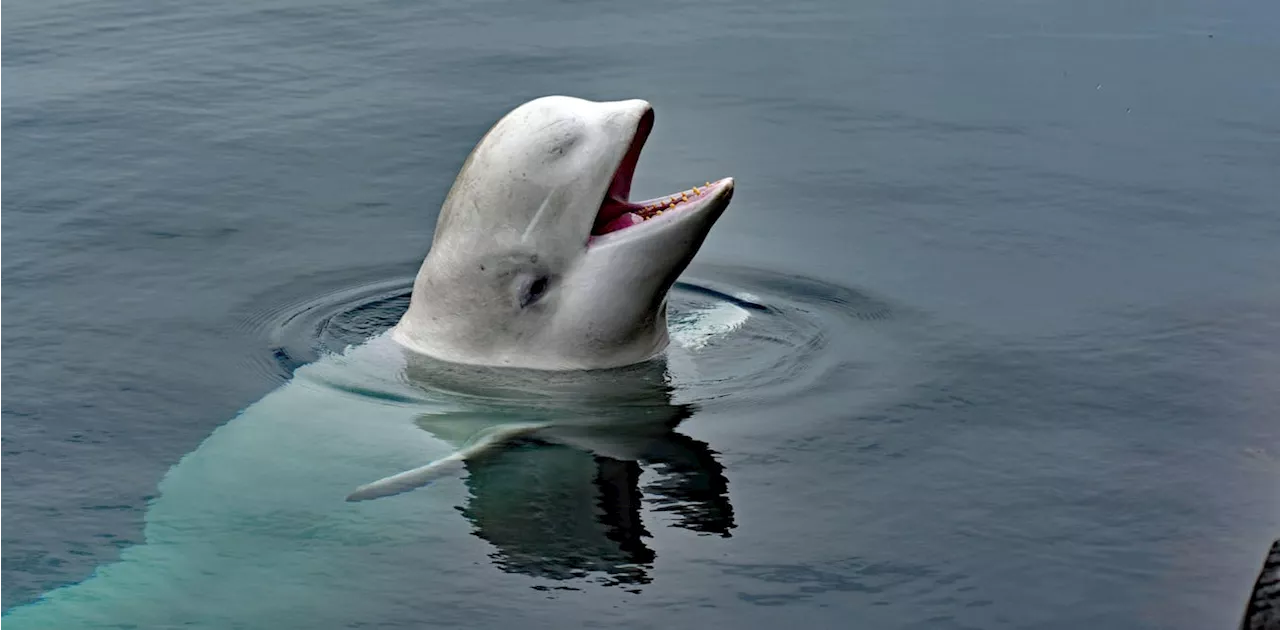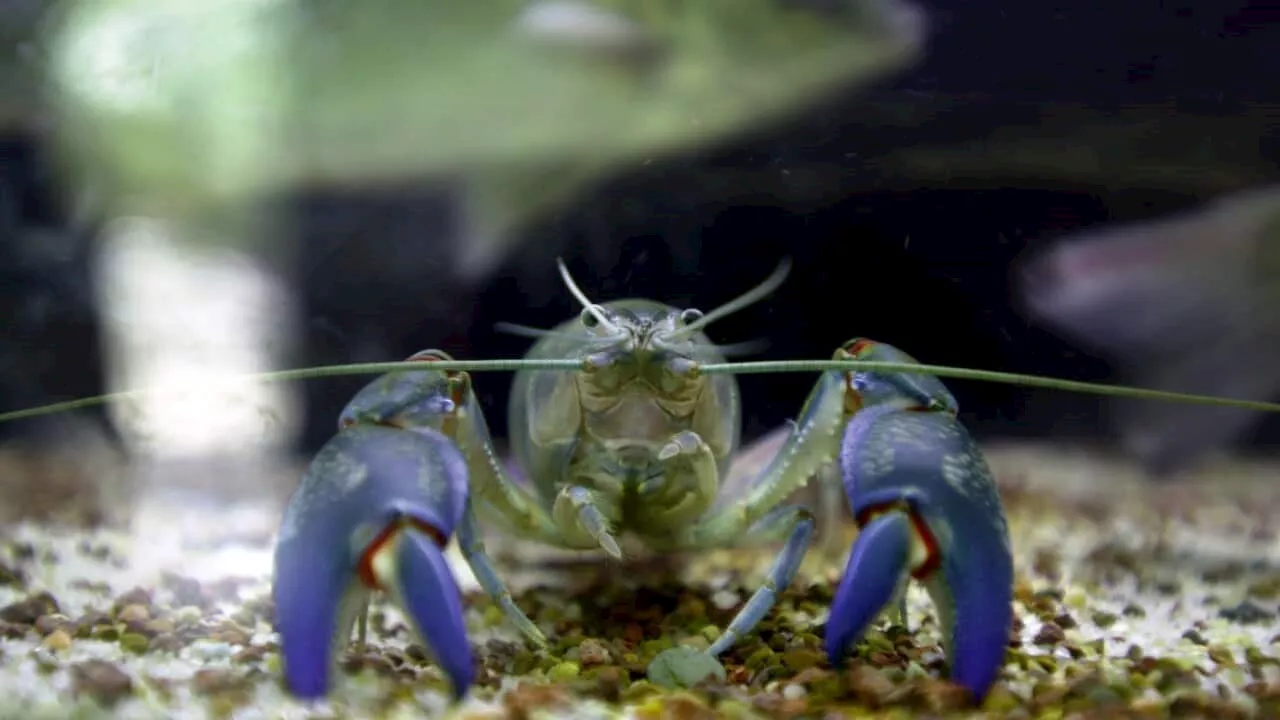A new report by the International Union for Conservation of Nature and Natural Resources (IUCN) warns that nearly a quarter of all freshwater animal species are at a high risk of extinction. The report highlights the urgent need for governments to take immediate action to protect these vital ecosystems.
Almost a quarter of all the world's freshwater animals are threatened with extinction, according to a new report by the International Union for Conservation of Nature and Natural Resources. Over 80 scientists across the world participated in the assessment of over 23,000 freshwater species, and they're calling for governments to take immediate action. These are all species that live in freshwater habitats such as rivers and lakes.
But according to a new report, nearly one quarter of the world's freshwater species are under the threat of extinction. They examined over 23,000 freshwater species on the Red List of the International Union for Conservation of Nature and Natural Resources, the IUCN. They found at least 4,200 of them are at HIGH risk of extinction, which equates to 24 per cent of freshwater animal species. Ian Harrison is a co-author of the report and co-chair of the Fresh Water Conservation Committee at IUCN. 'We've known for a long time that freshwater species are proportionally more highly threatened than marine and terrestrial species, because of the extent of threats and because of the fact that these threats are transferable up and down streams.' Freshwater habitats cover less than 0.01 per cent of the Earth's surface, but they support 10 per cent of the planet's animal species. The report found pollution from agriculture and forestry is affecting over half of all threatened freshwater animals, while damming projects are also having negative impacts on the freshwater ecosystems. 'When you put in a dam, the most the most obvious thing is that you're fragmenting the flow. So it means that anything that's moving up or down the river can't do that any more. And so, it means migratory species can't get to their spawning sites, for example. It also means that you're fragmenting those populations. So the upstream populations are no longer mixing with the downstream populations.' Climate change and water extraction are another two factors that lead to the high extinction risks of these threatened freshwater animals. 'That is, we don't have enough information to say exactly how threatened they are. But the chances are that a good percentage of them are threatened. I mean, based on the other information we have, if 25% of the species we know are threatened, then we can say that probably a quarter of those data deficient species are also threatened. So the numbers of threatened species are probably higher than we really know.' The report found freshwater crustaceans - crabs, crayfish and prawns - are at the highest risk of extinction, with 30 per cent of them being threatened.Professor Jamie Pittock, from the Australian National University, says many Australian species are also on the brink of extinction. 'In Australia, a great many of our freshwater species are highly endangered. For example, after the 2019-20 bushfires, half the animals that were threatened with extinction were freshwater animals like frogs and fish and crayfish species. We have damaged many of our river systems.' Professor Pittock says the damage of river systems is the main driver of the threats against these Australian species. He's calling on the government to fund restoration efforts to restore the health of Australia's waterways, such as building fish ladders and rebuilding dams so they let out water at the right temperature. Professor Pittock says now is a good time for new measures to protect Australia's longest river, with the federal government reviewing the Murray Darling Basin Plan next year. 'The Australian government has made a welcomed commitment two years ago to prevent further extinction of freshwater species, it's now really time for the federal government to back that up with more funding.
EXTINCTION FRESHWATER ANIMALS IUCN CLIMATE CHANGE POLLUTION DAMMING
Australia Latest News, Australia Headlines
Similar News:You can also read news stories similar to this one that we have collected from other news sources.
 Myself and Other Animals by Gerald Durrell reviewA collection of articles, talks, letters and unpublished writing fills important gaps in the great naturalist’s life story
Myself and Other Animals by Gerald Durrell reviewA collection of articles, talks, letters and unpublished writing fills important gaps in the great naturalist’s life story
Read more »
 The Secret Lives of Animals: A Fairytale for the Animal KingdomHugh Bonneville narrates a visually stunning nature documentary that feels like a fairytale for the animal kingdom. The series explores pivotal life moments in the animal world, such as leaving home, raising a family, and finding a place to live, in a heartwarming and accessible way.
The Secret Lives of Animals: A Fairytale for the Animal KingdomHugh Bonneville narrates a visually stunning nature documentary that feels like a fairytale for the animal kingdom. The series explores pivotal life moments in the animal world, such as leaving home, raising a family, and finding a place to live, in a heartwarming and accessible way.
Read more »
 Bird Flu Threatens Zoo Animals, Including Lions, Tigers, and CheetahsDozens of rare animals, including lions, tigers, and cheetahs, are dying from bird flu as it spreads through zoos worldwide. Scientists warn of potential 'grave implications' for endangered species as infected wild birds likely transmit the virus to captive animals. The situation has prompted calls for enhanced zoo biosecurity measures and vaccination of zoo animals.
Bird Flu Threatens Zoo Animals, Including Lions, Tigers, and CheetahsDozens of rare animals, including lions, tigers, and cheetahs, are dying from bird flu as it spreads through zoos worldwide. Scientists warn of potential 'grave implications' for endangered species as infected wild birds likely transmit the virus to captive animals. The situation has prompted calls for enhanced zoo biosecurity measures and vaccination of zoo animals.
Read more »
 A lounge filled with joeys: Wildlife rescuers brace for influx of animals injured in Grampians blazeTwenty joeys found refuge from the Boxing Day fire conditions inside the home of a shelter operator.
A lounge filled with joeys: Wildlife rescuers brace for influx of animals injured in Grampians blazeTwenty joeys found refuge from the Boxing Day fire conditions inside the home of a shelter operator.
Read more »
 Animals in Espionage: From Beluga Whales to Spy PigeonsThis article explores the history of using animals for espionage, from the Soviet Union's program of training marine animals to the CIA's use of pigeons and even cats.
Animals in Espionage: From Beluga Whales to Spy PigeonsThis article explores the history of using animals for espionage, from the Soviet Union's program of training marine animals to the CIA's use of pigeons and even cats.
Read more »
 Australian Farmers Face Challenges from Livestock Management to Feral AnimalsThe article explores various issues faced by Australian farmers, including managing livestock, dealing with feral animals, and adapting to changing agricultural practices.
Australian Farmers Face Challenges from Livestock Management to Feral AnimalsThe article explores various issues faced by Australian farmers, including managing livestock, dealing with feral animals, and adapting to changing agricultural practices.
Read more »
